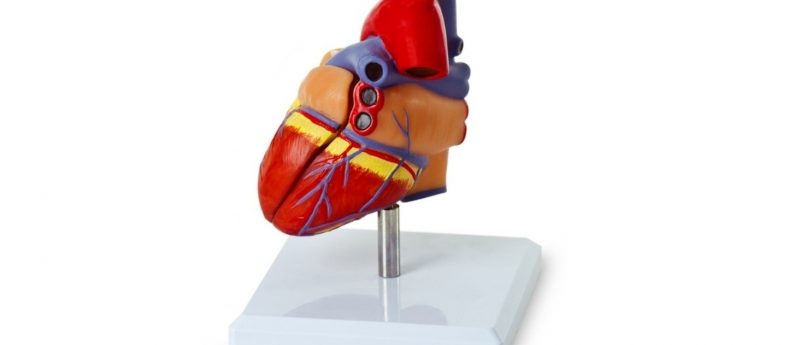Could stem cells be used to fix a broken heart?

Stem cells have been demonstrated as being effective in treating cardiovascular tissue in presentations at the third annual Cardiovascular Tissue Engineering Symposium at the University of Alabama at Birmingham (AL, USA).
Stem cells have been utilized to treat cardiovascular disease in a number of studies presented at the third annual Cardiovascular Tissue Engineering Symposium at the University of Alabama at Birmingham (AL, USA). The entire symposium will be summarized in a paper that is set to be published in Circulation Research.
Cardiac progenitor cells that can contribute to growth or repair of damaged hearts were discovered in 2003, so the progress that has been made in this field is very promising. In research presented by Bjorn Knollman, symposium presenter and professor of medicine and pharmacology (Vanderbilt University; TN, USA), researchers were able to eliminate the differences between induced pluripotent stem cell-derived cardiomyocytes and normal adult cardiomyocytes. In the presentation, Knollman described the steps, such as culturing the derived cardiomyocytes in a Matrigel mattress and treating them with hormones for 14 days, that led to derived cardiomyocytes with greatly improved cell volume, morphology and function.
Nenad Bursac, professor of biomedical engineering, Duke University (NC, USA), presented his advances in engineering vascularized heart tissue for repair after a heart attack. Bursac explained that a better understanding of how to grow the tissue from heart tissue progenitor cells has allowed formation of mature “giga” patches up to 4 centimeters square. These patches have had good propagation of heartbeat contractions and spontaneous formation of capillaries from derived-vascular endothelial and smooth muscle cells, and are being tested in pigs.
A further example of stem cells being utilized to treat cardiac tissue was presented by professor of thoracic and cardiovascular surgery Phillippe Menasche (Paris Descartes University, Paris, France). Menasche discussed his initial safety study into implanting engineered heart tissue derived from embryonic stem cell-derived cardiac cells into the hearts of six heart attack patients in France.
“We are creating a new community of engineer-scientists“, commented symposium chair Jay Zhang (chair and professor, Department of Biomedical Engineering, University of Alabama at Birmingham).
Sources: Kannappan R, Zhang J. Meeting Report for NIH 2016 Progenitor Cell Biology Consortium Cardiovascular Tissue Engineering 2016. Circ. Res. 119 (9), 981-983 (2016); https://www.sciencedaily.com/releases/2017/05/170506110757.htm